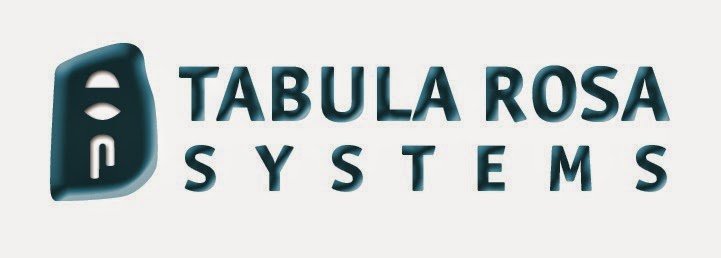
PenTest (penetration testing)
Posted by: Margaret
Rouse
Contributor(s):
Jonathan Gershater, Puneet Mehta
Penetration testing (also called pen testing) is the
practice of testing a computer system, network or Web
application to find vulnerabilities that an attacker could exploit.
The Benefits of a DevOps Approach
Bringing development and IT ops together can help you
address many app deployment challenges. Our expert guide highlights the
benefits of a DevOps approach. Explore how you can successfully integrate your
teams to improve collaboration, streamline testing, and more. Pen tests can be
automated with software applications or they can be performed manually. Either
way, the process includes gathering information about the target before the
test (reconnaissance), identifying possible entry points, attempting to break
in (either virtually or for real) and reporting back the findings.
The main objective of penetration testing is to determine
security weaknesses. A pen test can also be used to test an organization's
security policy compliance, its employees' security awareness and the
organization's ability to identify and respond to security incidents.
Penetration tests are sometimes called white hat attacks because in a pen test,
the good guys are attempting to break in.
Pen test strategies include:
Targeted testing
Targeted testing is performed by the organization's IT team and the penetration testing team working together. It's sometimes referred to as a "lights-turned-on" approach because everyone can see the test being carried out.
Targeted testing
Targeted testing is performed by the organization's IT team and the penetration testing team working together. It's sometimes referred to as a "lights-turned-on" approach because everyone can see the test being carried out.
External testing
This type of pen test targets a company's externally visible servers or devices including domain name servers (DNS), e-mail servers, Web servers or firewalls. The objective is to find out if an outside attacker can get in and how far they can get in once they've gained access.
This type of pen test targets a company's externally visible servers or devices including domain name servers (DNS), e-mail servers, Web servers or firewalls. The objective is to find out if an outside attacker can get in and how far they can get in once they've gained access.
Internal testing
This test mimics an inside attack behind the firewall by an authorized user with standard access privileges. This kind of test is useful for estimating how much damage a disgruntled employee could cause.
This test mimics an inside attack behind the firewall by an authorized user with standard access privileges. This kind of test is useful for estimating how much damage a disgruntled employee could cause.
Blind testing
A blind test strategy simulates the actions and procedures of a real attacker by severely limiting the information given to the person or team that's performing the test beforehand. Typically, they may only be given the name of the company. Because this type of test can require a considerable amount of time for reconnaissance, it can be expensive.
A blind test strategy simulates the actions and procedures of a real attacker by severely limiting the information given to the person or team that's performing the test beforehand. Typically, they may only be given the name of the company. Because this type of test can require a considerable amount of time for reconnaissance, it can be expensive.
Double blind testing
Double blind testing takes the blind test and carries it a step further. In this type of pen test, only one or two people within the organization might be aware a test is being conducted. Double-blind tests can be useful for testing an organization's security monitoring and incident identification as well as its response procedures.
==========================================**Important note** - contact our company for
very powerful solutions for IP management (IPv4 and IPv6, security, firewall and APT solutions:Double blind testing takes the blind test and carries it a step further. In this type of pen test, only one or two people within the organization might be aware a test is being conducted. Double-blind tests can be useful for testing an organization's security monitoring and incident identification as well as its response procedures.
www.tabularosa.net
In addition to this blog, Netiquette IQ has a website with great assets which are being added to on a regular basis. I have authored the premiere book on Netiquette, “Netiquette IQ - A Comprehensive Guide to Improve, Enhance and Add Power to Your Email". My new book, “You’re Hired! Super Charge Your Email Skills in 60 Minutes. . . And Get That Job!” will be published soon follow by a trilogy of books on Netiquette for young people. You can view my profile, reviews of the book and content excerpts at:
www.amazon.com/author/paulbabicki
If you would like to listen to experts in all aspects of Netiquette and communication, try my radio show on BlogtalkRadio Additionally, I provide content for an online newsletter via paper.li. I have also established Netiquette discussion groups with Linkedin and Yahoo. I am also a member of the International Business Etiquette and Protocol Group and Minding Manners among others. Further, I regularly consult for the Gerson Lehrman Group, a worldwide network of subject matter experts and have been a contributor to numerous blogs and publications.
Lastly, I
am the founder and president of Tabula
Rosa Systems, a company that provides “best of breed” products for network,
security and system management and services. Tabula Rosa has a new blog and Twitter site which offers great IT
product information for virtually anyone.
==============================================





No comments:
Post a Comment